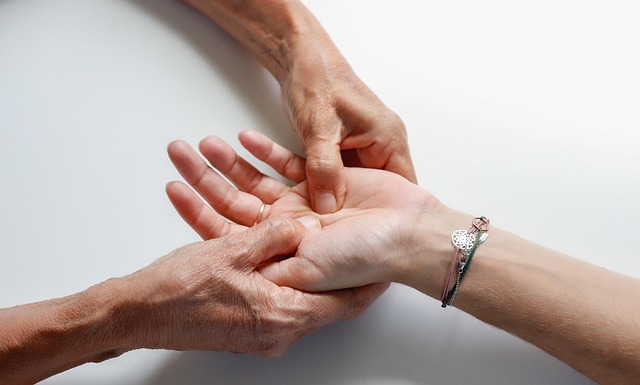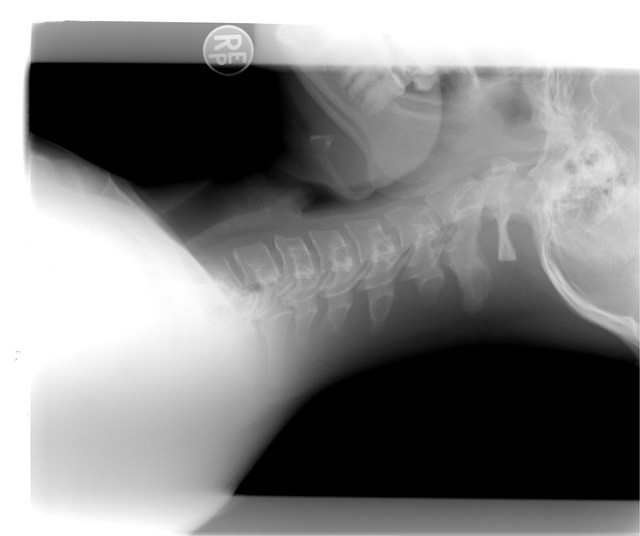In the realm of postoperative rehabilitation for breast cancer patients, a pivotal question revolves around the most effective exercise approach that not only aids in restoring shoulder mobility but also minimizes postoperative complications. With a dearth of established guidelines in this domain, researchers embarked on a mission to ascertain the optimal exercise regimen. In 2006, the study, led by Laura Ferreira de Rezende, et. al., sought to delve into the impact of two distinct physiotherapy exercise schemes – directed and free – on both shoulder function and lymphatic disturbance, post breast cancer surgery.
The study encompassed a cohort of sixty women who had undergone either modified radical mastectomy or quadrantectomy with axillary dissection. In a randomized fashion, these subjects were split into two groups to undergo differing exercise protocols.
The cornerstone of the physiotherapy technique employed was kinesiotherapy. In one arm, the directed group adhered to a well-structured regimen consisting of 19 exercises, meticulously sequenced and guided. On the other hand, the free group partook in exercises designed to mimic the natural biomechanical movements of the shoulder, devoid of a predetermined sequence or fixed repetitions.
The results of the study wielded illuminating insights. Shoulder mobility, gauged through measures of flexion, abduction, and external rotational movements, exhibited substantial improvement within the directed group, registering statistically significant advancements compared to the free group. Interestingly, no marked divergence between the two groups emerged concerning lymphatic disturbance.
In summation, after a comprehensive 42-day observation period, the study unveiled that the directed exercise scheme remarkably facilitated the recovery of crucial shoulder movements, encompassing flexion, extension, abduction, and external rotation. In contrast, the two exercise schemes exhibited no discernible variance in their impact on lymphatic disturbance.
The implications of this study reverberate across the landscape of postoperative breast cancer rehabilitation. Armed with these findings, healthcare practitioners and physiotherapists can now navigate exercise strategies with a clearer compass, focusing on directing exercises for enhanced shoulder mobility. As the medical community strives to optimize postoperative recovery for breast cancer patients, this study constitutes a pivotal stride towards evidence-based exercise guidelines.
Reference: de Rezende, L. F., Franco, R. L., de Rezende, M. F., Beletti, P. O., Morais, S. S., & Gurgel, M. S. C. (2006). Two exercise schemes in postoperative breast cancer: comparison of effects on shoulder movement and lymphatic disturbance. Tumori Journal, 92(1), 55-61.




